
The Enigmatic Life of John Dillinger
A Troubled Beginning
Indianapolis, Indiana—the air was thick with the scent of opportunity, as the sun rose on the morning of April 23, 1934. The streets buzzed with activity, and among them stood a small grocery store owned by John Herbert Dillinger Sr., a man proud of his modest business. John Jr., a bright-eyed boy of three, often played at his father’s feet, blissfully unaware of the storm that was brewing in the family.

Tragedy struck early in John’s life; his mother passed away, leaving behind a void that no amount of paternal love could fill. His father, John Sr., was a hardworking man, but he expressed his love through harsh discipline, often opting to chastise rather than nurture. Scratching out a living from the grocery store, he found little time to spend with John Jr., and their bond suffered.
When John turned nine, his father remarried, and the boy’s world shifted once again. Left to fend for himself, he grew increasingly isolated, his only companions the shelves filled with groceries and the lonely nights spent sleeping on the small cot behind the counter of the store.
As John grew, so did his penchant for mischief. Expelled from several schools for bad behavior, he was mostly left to deal with the consequences alone. His father’s solution was often his fist, leaving John with a deep-seated resentment that only festered over time. The rare moments of warmth—a hug or a kind word—were overshadowed by strict discipline, leading him to seek camaraderie in the streets.
The Break from Normalcy
By the time he was fourteen, John had fully withdrawn from school. He began working alongside his father in the grocery store, but the relationship strained further until one ill-fated argument turned violent. John Sr. lashed out in anger, and John fled, leaving behind the remnants of a tumultuous relationship.

With only a small sum stolen from his father’s safe, John ventured into the streets of Indianapolis. It was vibrant and alive, yet it hid its secrets behind a veneer of charm. For a time, he attempted to find honest work—first at local grocery stores and later at a shoe factory—but he was restless. Nightfall ushered in a different life, one filled with the pulsating energy of nightclubs where he danced away his troubles and found a sense of belonging.
As his lifestyle spiraled, John developed a knack for stealth. He would often sneak items from shops, sliding them under the wide sleeves of his shirt. He honed this ability, stealing food to survive while maintaining the façade of a hardworking young man.
A Unique Talent
Over four months, John further integrated himself into the nightlife, living in a high-stakes world that thrived on deception. He finally received a letter from his former employer, the grocery store owner who had noticed the thefts. Surprisingly, the letter was not a reprimand but a compliment, admiring John’s talent for thievery and advising him to channel his skills into something constructive.
The acknowledgement sparked a realization in young John. Perhaps he did not have to be defined by his circumstances. In his heart, he knew he could harness his talents for better things, but the allure of the streets proved too strong.

Soon, John returned to the city, each theft becoming more brazen. He tried various jobs, but nothing seemed to fit. By seventeen, John’s luck at gambling became notorious; he was a natural card player, effortlessly reading the room and the cards, cheating without being caught.
John made connections in the underbelly of the city, falling in with a gang of small-time criminals. Together, they explored the dark alleys and corners of Indianapolis, forging a reputation rooted in both fear and admiration.
Prison
In a moment of misguided bravery, John and his gang staged a supermarket heist, brandishing weapons. Yet, what was supposed to be an act of rebellion turned disastrous—they were arrested. John’s life spiraled into darkness as he was sentenced to two years in prison.
News of John’s imprisonment reached his father, who reluctantly visited him, offering advice that only deepened John’s resentment. He encouraged John to feign gang involvement to lessen his sentence. Instead, the verdict only worsened; judged not merely as a thief but as a gang member, John received fourteen years.
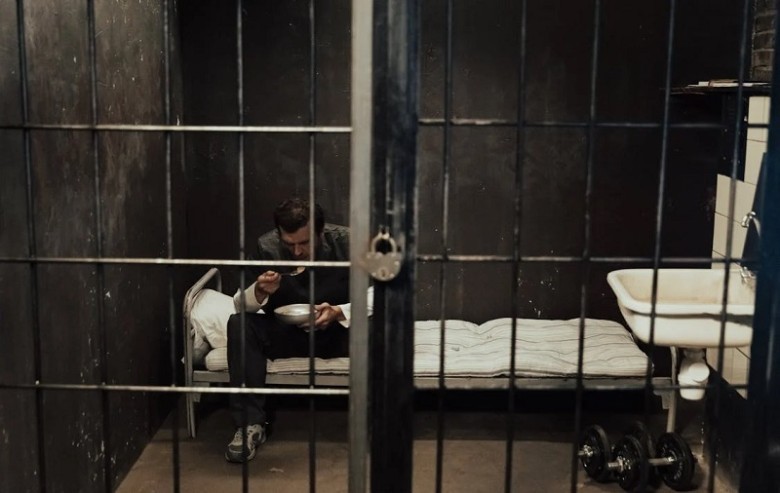
Inside prison walls, John transformed; he became a leader among the inmates, commanding respect and loyally forming a crew with whom he carefully plotted his escape. Over six years, he observed the guards’ routines, studying every aspect of prison life, preparing for a day when he would leave his past behind.
The Escape Plan
The laundry room—seemingly innocuous—became the epicenter of his elaborate plan. Together with his gang, they began digging, molding an escape route through the pipes that led to the sewers. A week before his planned escape, John received unexpected news: his parole had been approved, and he was to be released.
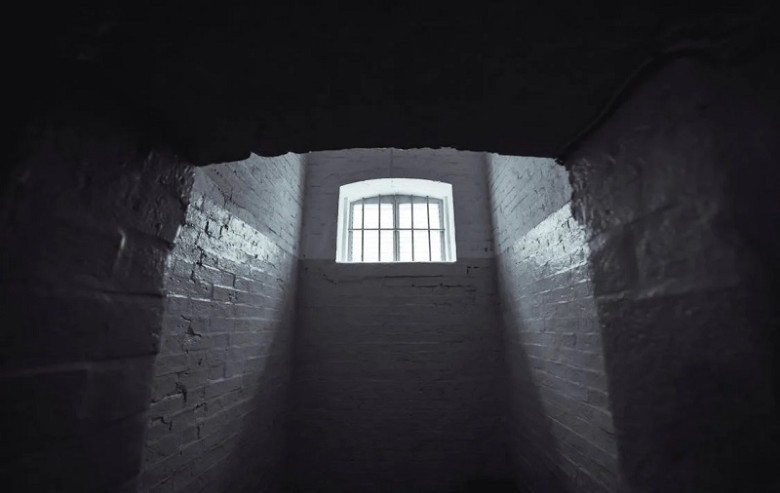
Conflicted, John decided to scrapped the escape plan, giving the crew his drawings of the prison as a gift, claiming it was a novel. He laughed off the fears; he was free. However, freedom was short-lived, for John quickly returned to a life of crime.
The Rise of an Infamous Criminal
John didn’t linger in the shadows long—he burst back onto the criminal scene with a series of daring bank robberies. His first major operation involved impersonating federal agents, gaining instant trust. Each successful robbery snowballed into larger heists, revered and feared as he raided multiple banks across the Midwest with startling precision.

As John Dillinger’s legend grew, he returned to the supermarket where his life had changed forever. Filled with fury, he and his men robbed the place, taking everything in a display of power. His name became synonymous with rebellion; he was no longer a mere criminal—he was a Robin Hood figure in the eyes of many, stealing from the rich and distributing to the poor.
The War Against the Authorities
Dillinger effectively staged a war against the police, offering bounties for officers’ heads and leaving a trail of chaos. As reports flooded in about the unforeseen violence, the police grew frustrated and fearful. Amid the growing notoriety, John, as he had predicted, became more than just a man; he evolved into a legend, a mythic figure who moved through the night.
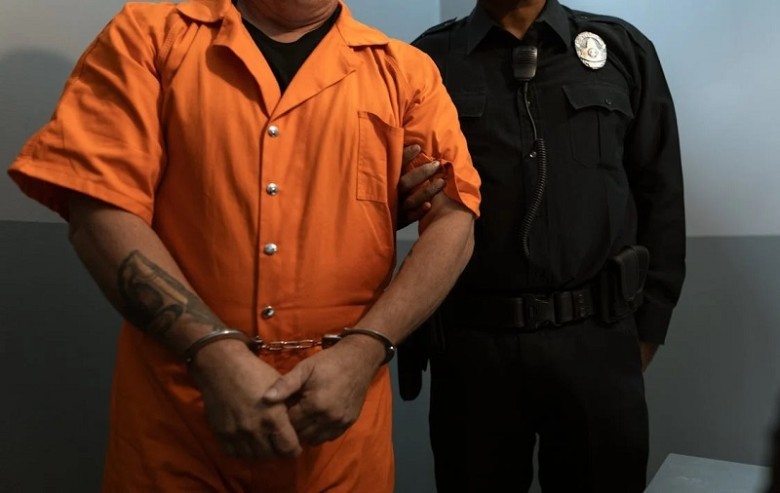
However, the police finally cracked down, and the FBI issued an intense manhunt. Parallels were drawn between Dillinger and the criminals of the past, yet none quite struck fear into the hearts of citizens as he did.
The Untimely Ending
On July 18, 1934, everything came to a head. Dillinger was captured at a movie theater in Chicago, betrayed by a woman named Anna Sage who sought a reward for his arrest. The cinema turned chaotic when officers surrounded John. Though he fought valiantly, he was no match for the oncoming forces.
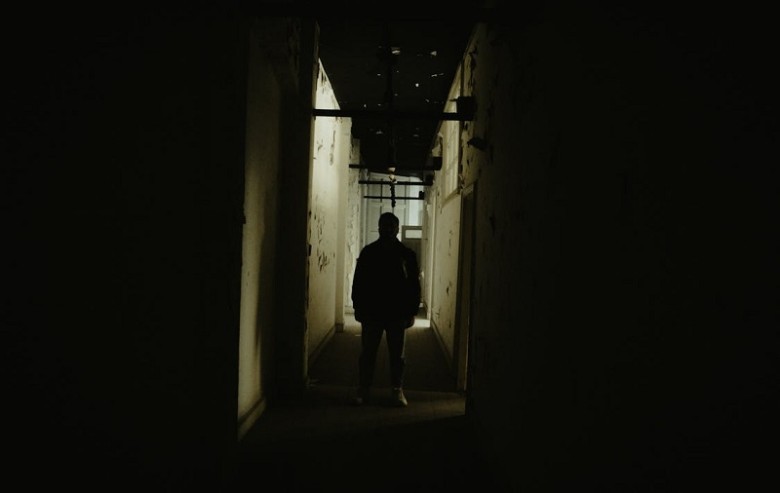
Among the chaotic air, the gunfire rang out, and with a bullet lodged in his chest, John Dillinger fell, lifeless, on the pavement of history. He was only 31 years old.
With the curtain closed on his life story, John Dillinger was buried, but his legacy lived on. To some, he was a folk hero; to others, a notorious criminal. The police disrupted his empire, yet they never could silence his name.
The Legacy of a Complex Character
Dillinger’s life became an enigma intertwined with freedom, rebellion, suppression, and tragedy. His story serves not only as a historical account but a reflection on societal struggles during the Great Depression, where gangsters like him filled the gaps left by economic despair.
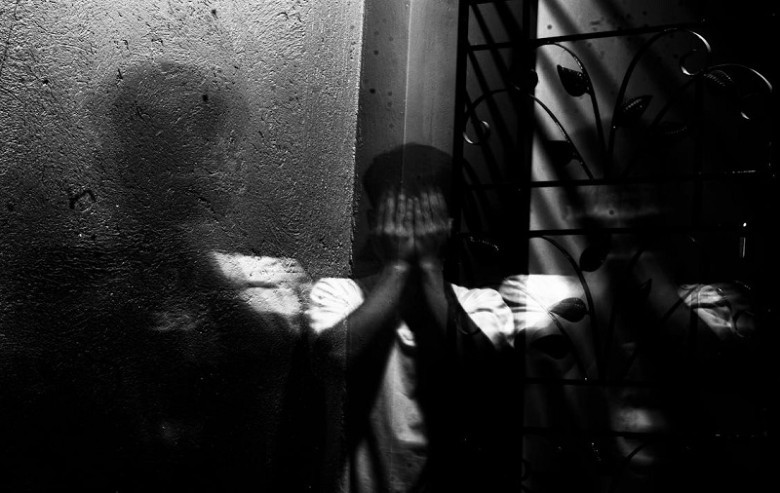
While evil has a stark visage, John’s tale complicated the lines between crime and justice. Many remained divided, some even revering him as a champion for the downtrodden—a true testament to how necessity can breed desperation and a legacy that would linger long after his death.
Conclusion
The life of John Herbert Dillinger is a narrative of contradictions—birth, death, crime, and the inescapable pull of one’s past. It is a tale that captures a myriad of emotions, intertwining the hearts of the disillusioned and the desperate.
While the heroism of the downtrodden echoed through the city streets, the haunting truth remains—the ghost of Dillinger walks forever through the alleys of time, challenging us to look beyond the surface of desperation into the deeper currents that move the soul of a nation. The story of a boy, a man, and a criminal—the nameless faces of history—remind us that life is complex and filled with shades of gray.




















Comments
0 comment